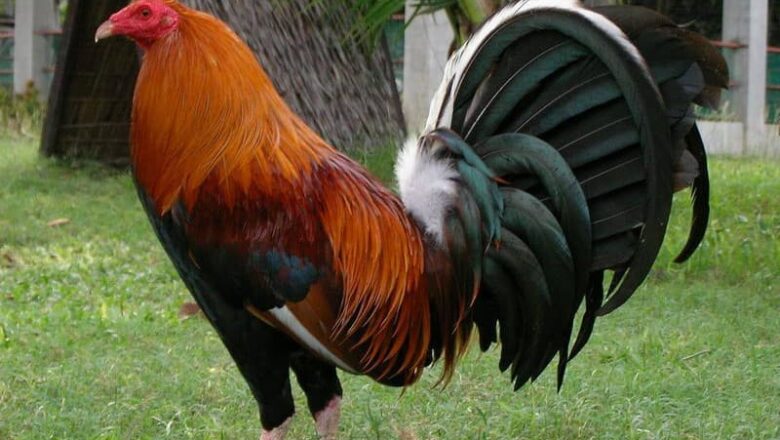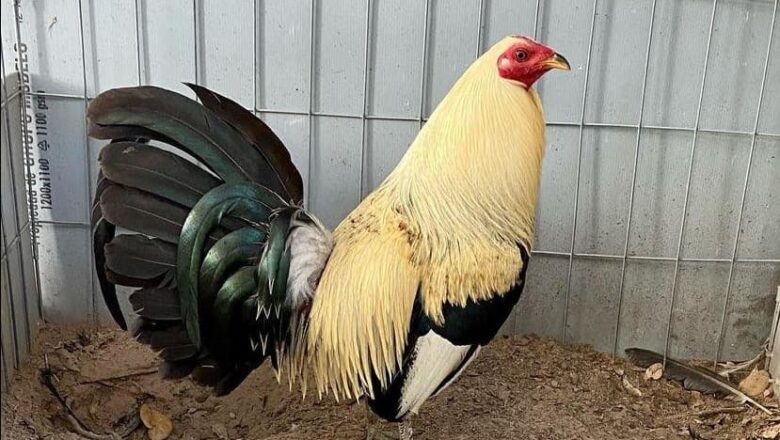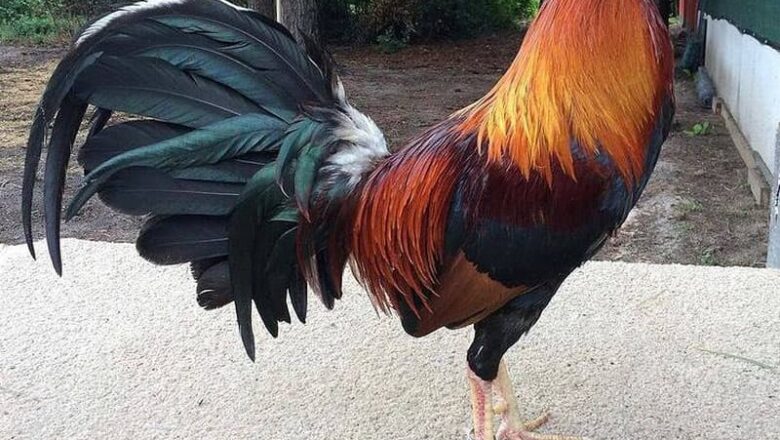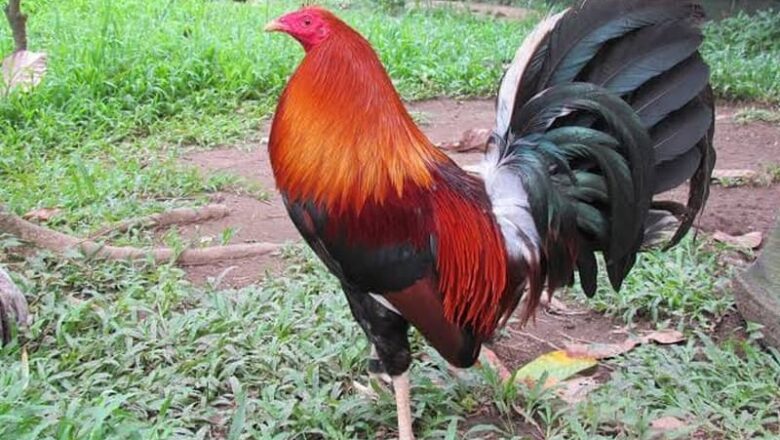
Malay Gamefowl: History, Traits, and Temperament
The Malay gamefowl is one of the oldest and most recognized fighting chicken breeds. Known for its large size and strong build, this bird has become a popular choice for breeders and enthusiasts. Whether you’re curious about its history, its uses, or looking for Malay chicken for sale, this guide covers all the key details.
The Origin and History of Malay Gamefowl
The Malay gamefowl comes from Southeast Asia, with strong roots in countries like India, Malaysia, and Indonesia. This breed was introduced to Europe in the 1830s, where it quickly gained attention for its size and toughness.
The Malay chicken origin can be traced back over 2,000 years. It is believed to have been bred for fighting and meat purposes. Early traders and seafarers carried these birds to different parts of the w...







